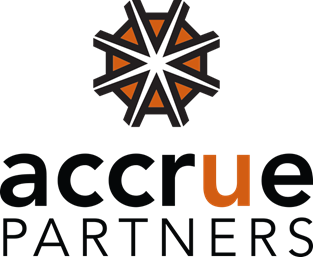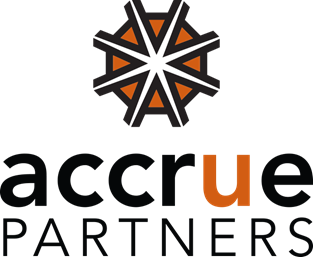A resume should clearly define your experience and accomplishments. It provides a hiring manager with the justification to schedule an interview with you. A hiring manager will typically glance at your resume for a maximum of 10 seconds before deciding whether or not there is a match between your background and the position available. Make those 10 seconds count! However, sometimes sitting down and putting together this information on paper can prove to be difficult. Luckily, AccruePartners has created the “Crafting a Successful Resume” document to help aid you in creating the perfect resume.
When crafting a resume, it is important to give thought to the following questions:
- How does a company decide if your resume shows them you deserve an interview?
- Do you already possess the skills required to do the job successfully?
- Does your education support the skills required?
- Do you demonstrate a strong work ethic?
- Do you go above and beyond what is expected of you?
There are a variety of different formats that can be used for a resume. However, it is recommended you use the following format. The following format is simple to modify on a job-t0-job basis, and easy for a reader to capture a picture of your work history in less than 10 seconds!
- Name
- Your name should be at the very top of your resume and large enough to easily read.
- Contact Information
- Your contact information should be large enough to easily read but slightly smaller than your name. You should also include multiple ways to reach you: phone number, email address, LinkedIn profile, etc. Do not include your social media handles.
- Summary
- The summary highlights past accomplishments. Your summary should be written in paragraph form of up to four or five sentences at the front of your resume. This is your pitch and chance to sell yourself to your future employer.
- Education
- A general rule of thumb for the location on your resume: If you have 10 or fewer years of experience, place your education in the front of your resume. Any experience exceeding 10 years should be placed at the end of the resume.
- Areas of Expertise/Technical Experience
- This is your chance to highlight skills and software platform proficiencies that make you a fit for the role to which you are applying. If you list these skills and software, you must highlight your experience with them in your “Professional Experience” section. If you list skills and proficiencies without elaborating on them, hiring managers may question whether or not you are truly proficient in those areas.
- Professional Experience
- Your professional experience should reflect the “MSA Model”
Subscribe to our Blog!
Subscribe to our blog!
We will get back to you as soon as possible.
Please try again later.


CONTACT US
1000 W. Morehead Street,
Suite 200, Charlotte, NC 28208
(704) 632-9955
Send info@accruepartners.com
FOLLOW US
© AccruePartners. All Rights Reserved.2023
CONTACT US
1000 W. Morehead Street,
Suite 200, Charlotte, NC 28208
(704) 632-9955
info@accruepartners.com
General
FOLLOW US






